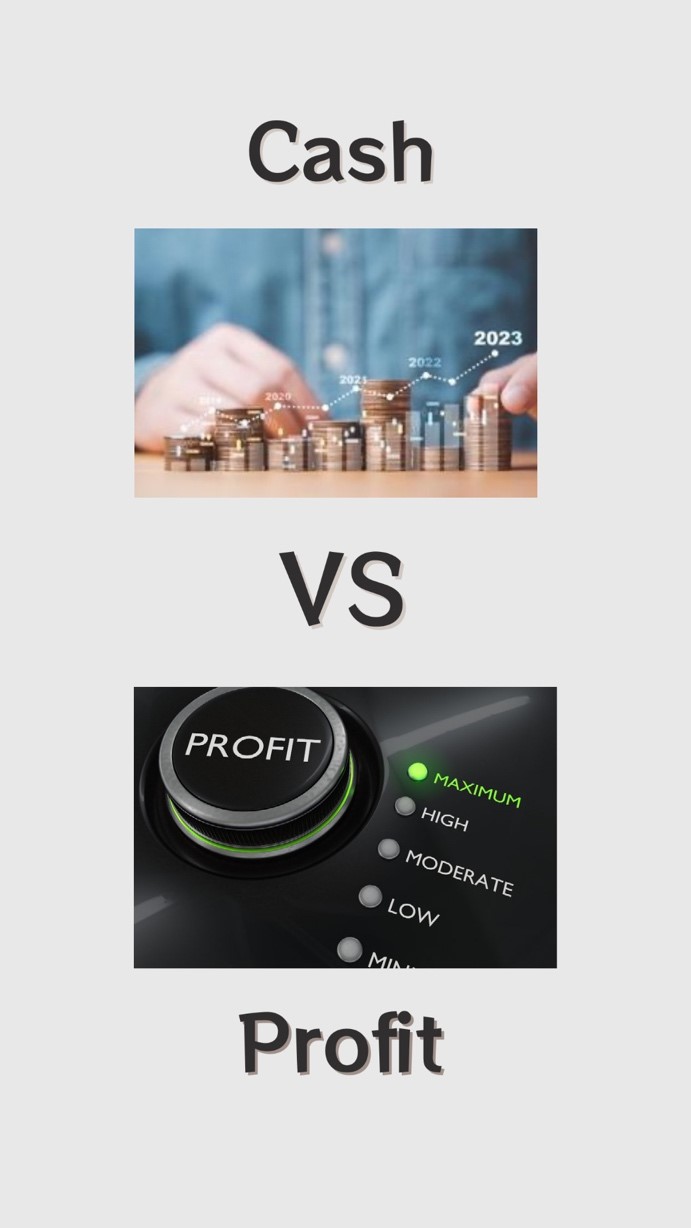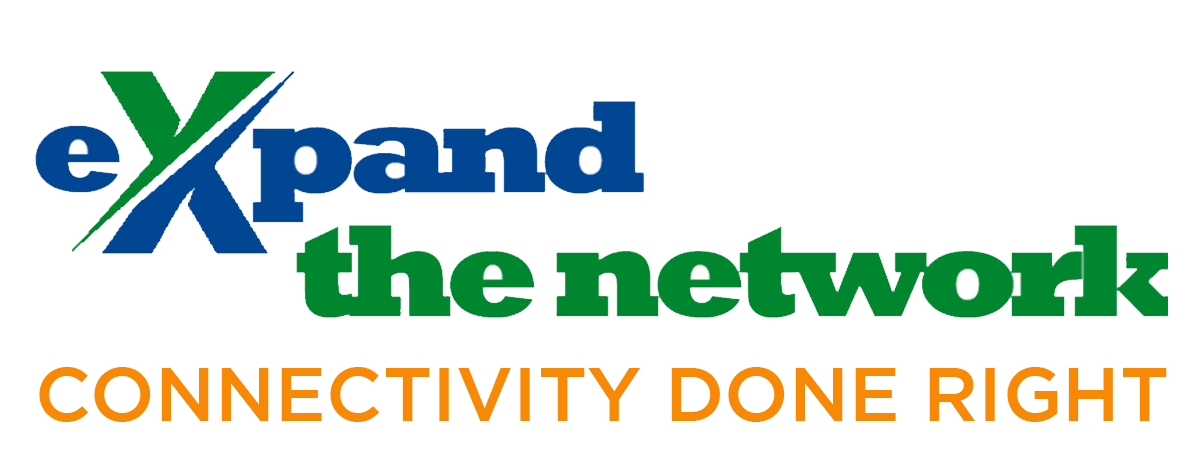
Business owners need to understand the difference between cash and profit. Cash is the lifeblood of any business, and if you're not careful, it can become depleted. Profit is one measure of your company's financial health. It's important to know the difference. So that you can make informed decisions about how to manage your business.
When it comes to the difference between cash and profit, there is a basic distinction. Cash is the actual physical currency that a business has on hand. This can be in the form of checks, bills (folding currency), coins, or checking account balances. Profit is a calculated number. It is what a business earns through sales minus their expenses.
There are several factors that can affect the difference between cash and profit. For example, a business may have more cash on hand than they have profit. This could be due to having high cash sales and expenses payable in 30 days or more. Or it may be because they have not been operating for very long and started with a large amount of cash. A business can have more profit than cash. This may happen if they have high expenses paid with cash and many sales receipts due in 30 days or more.
It is important to understand the difference between cash and profit. This is because it impacts their day-to-day operations. For example:
- a business running low on cash. They may need to make changes to how they operate to bring in more revenue or find expenses they can reduce.
- a business has high profits but low cash. This may show that they need to develop collection plans and procedures. This will help them get their receivable payments into the business more quickly.
What are the financial statements?
First let's talk about where most business owners start.
Income Statement (or Profit and Loss P&L)
The Income Statement has your total sales (revenue). The cost of goods sold (material, labor, and other related costs) of making the product or service. These costs reduce the income. This difference is the gross profit (profit margin.)
Operating expenses, interest expense, and taxes are the expenses not included above. They reduce the gross profit and leave you the net profit (bottom line.)
For example, if your company's gross profit margin is 30%, and you have $100,000 in sales. Your company's gross profit would be $30,000. Operating expenses could total $20,000, and interest expense and taxes could amount to $5,000 each. This would give you a net profit of $0.00 (breakeven.)
The Balance Sheet is a snapshot of what your business owns and owes. What the business owned are assets. What it owes separated into two groups. What it owes others are liabilities. And what it owes the owner(s) is the equity.
The Statement of Cash Flows shows how much cash came into and out of the business. Cash can come from sales, loans, and investments. Where it goes is to pay expenses, buy assets, and repay loans. This is important. It helps you understand if your business is generating enough cash. If there is too little cash, you might need to stop your business or find sources of funding.
Cash flow is the movement of money into and out of your business. It's important to track your cash flow. This tells you where your money is going and identify potential problems. Profit is the difference between your revenue and your expenses. It's a measure of your company's financial health. It's important to understand how to increase your profit.
As we mentioned before, cash is the physical currency that a business has on hand. This could be in the form of paper bills, coins, or checking account balances. Cash is important because it is what a business uses to pay for expenses and make purchases. Without cash, a business would not be able to operate.
There are a few things to keep in mind when it comes to cash. First, without attention you may runout of cash. Second, businesses need to have enough cash on hand to cover their expenses. And businesses need to be mindful of how they are spending their cash. This is how you keep your business stable.
Profit is what a business earns through sales minus their expenses. In other words, it is the revenue that remains after all the expenses have been accounted for. Profit is important because it is what allows a business to grow and expand.
There are a few things to keep in mind when it comes to profit. First, profit is not guaranteed. There can be some good months and some bad months. Second, businesses need to reinvest their profits to grow. And businesses need to be mindful of how they are spending their profits. This is so you do not run into financial trouble.
Now that we know the difference between cash and profit, let's dive into each one a little deeper.
There is one main difference between cash and profit. Cash is the money a business has on hand. While profit is what a business earns through sales minus their expenses.
Cash is important because it is what a business uses to pay expenses and make purchases. Profit is important because it is what allows a business to grow and expand.
It is important for business owners to understand this difference. This difference will impact day-to-day operations. For example, if a business owner is not mindful of their cash flow, they could run into financial trouble. But, if a business owner does not reinvest their profits, it is hard to growing the business.
Now that we know the difference between cash and profit, let's take a look at each one in more detail.
What is Cash Flow?
Operating Cash Flow - This is the cash generated from the day-to-day operations of your business. Inflow includes money from sales. Outflow includes money spent on expenses.
Investing Cash Flow - This is the cash generated from investing activities. Outflows include purchasing of property, plant, and equipment. Or investment securities. Inflows include sale of property, plant, and equipment. Or investment securities.
Financing Cash Flow - This is the cash generated from financing activities. Inflows are proceeds from loans or issuing stock. Outflows are payments of debt principle and buy back of stock.
You add these three types of cash flow together. Their total combined with the beginning cash flow gives you cash at the end of the period. (date on your financial statements.)
When it comes to the difference between cash and profit, there is a basic distinction. Cash is the actual physical currency that a business has on hand. This could be in the form of checks, paper bills, coins, or checking account balances. Profit is a calculated number. It is what a business earns through sales minus the expenses.
There are several factors that can affect the difference between cash and profit. For example, a business may have more cash on hand than they have profit. This could be due to having high cash sales and expenses payable in 30 days or more. Or it may be from recently starting the business with a large amount of cash. A business may have more profit than cash if they have high expenses paid immediately with cash. They may also have sales receipts due in 30 days or more.
The impact of cash will often affect day-to-day operations of the business. This is why business owners need to know the difference between cash and profit. For example, if a business is running low on cash, you may need to make changes in your operation.
If a business has high profits but low cash. This may show a need to start developing collection plans and procedures.
There are a few key things to remember when it comes to cash flow and profit. First, cash flow is important, but it's not the only thing that matters. Your business also needs to be profitable to survive. Second, don't let your cash flow dip too low. If you're not careful, you could find yourself in a financial bind. Finally, remember that profit is important, but it's not the only thing that matters. Your business also needs to be sustainable to be successful.
Keeping this in mind. You'll be well on your way to understanding the difference between cash and profit. This knowledge can help you make sure that your business is healthy and thriving.
Please share this post with your friends. After all, we could all use a little more cash and profit in our businesses! How are you increasing profit in your business? We’d love to hear about it in the comments.


